| Vintage Pulp | Mar 4 2024 |

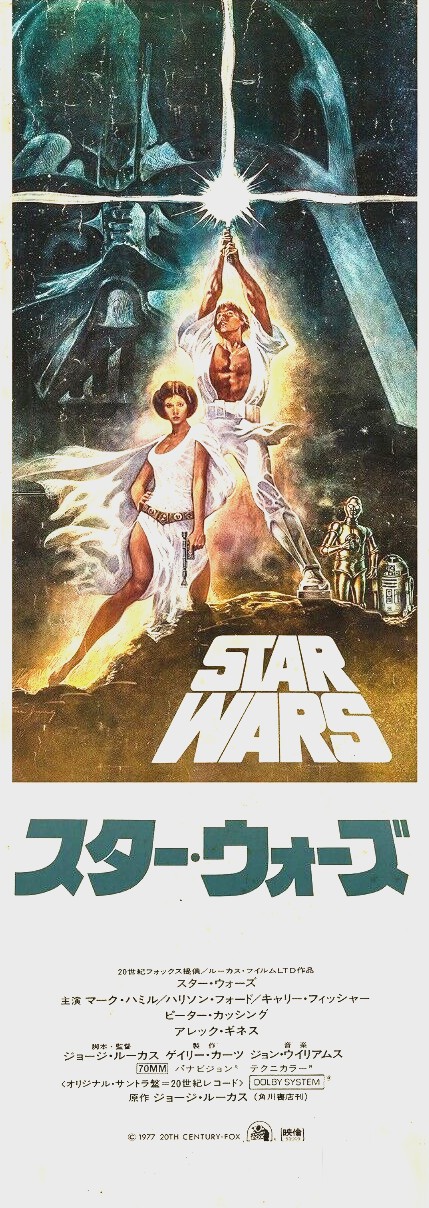
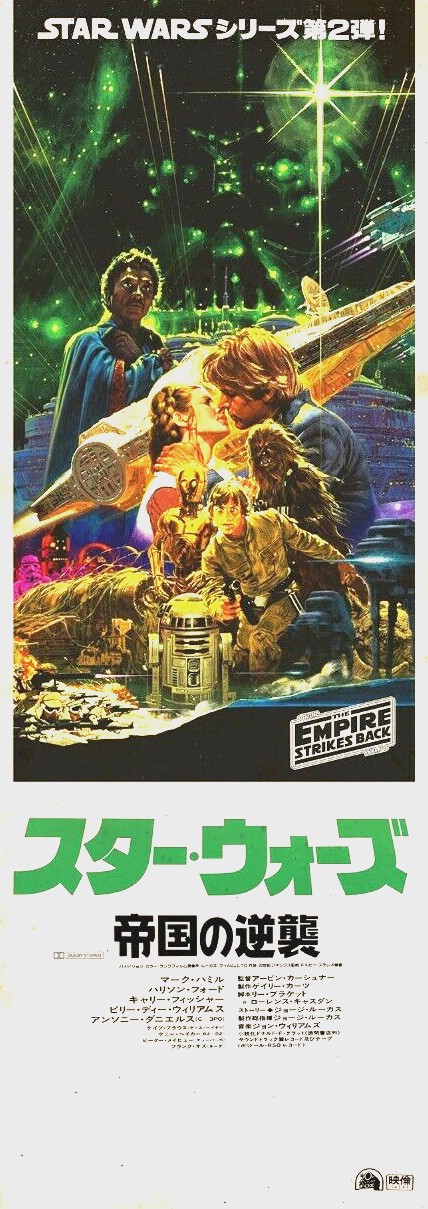
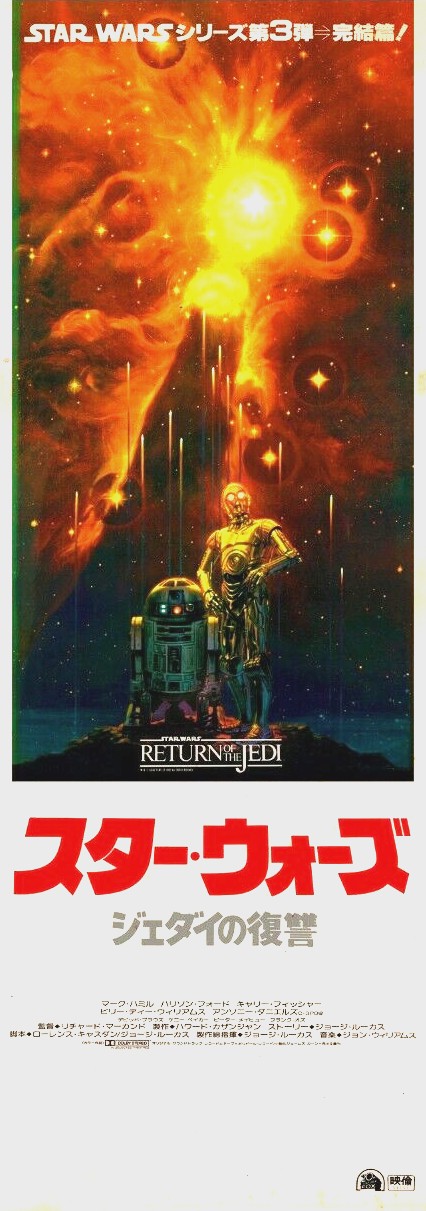
| Femmes Fatales | Apr 4 2021 |

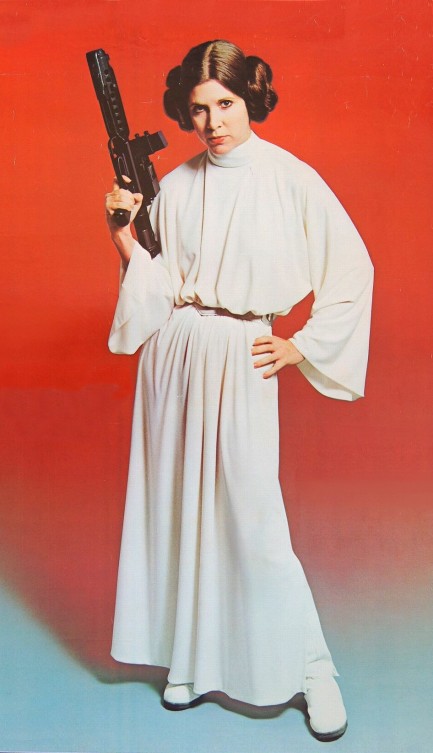
| Vintage Pulp | Nov 15 2020 |

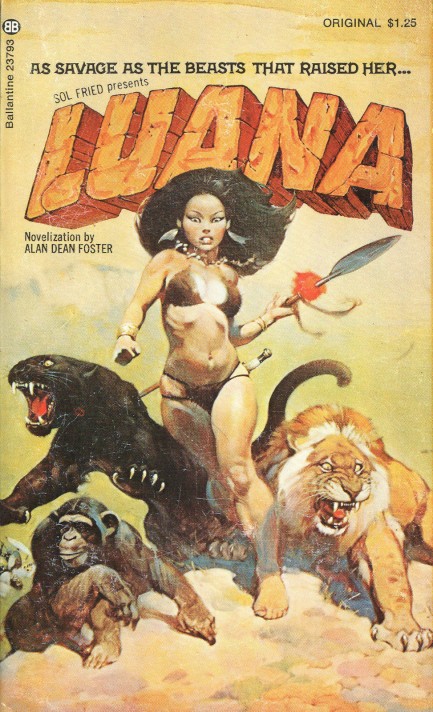
His Luana is a novelization of the 1968 movie of the same name starring Mei Chen Chalais, which we talked about a while back. Sometimes novelizations are published before the film, sometimes after. Foster published Luana six years after the film in 1974 for reasons that are obscure. It was among his first published books. While template for a novelization is provided by the filmmakers, the author is who gives it color and life. Foster fulfills that duty with obvious relish, mining literary and cinematic antecedents like Tarzan, Tarzana, Gungala, Sheena, Shuna, and Ka-Zar for familiar tropes. A kilometer long pit filled with army ants? A lion and panther, both larger than any ever seen before, working in tandem with a huge chimp? A pitched battle between blowgun wielding Tanzanian tribesmen and an expedition of white explorers? A secret city of solid gold buildings? As lost world tales go, by standing on the shoulders of his predecessors, Foster crafts something better than average. And far better than the movie too.
| Vintage Pulp | Jul 26 2018 |

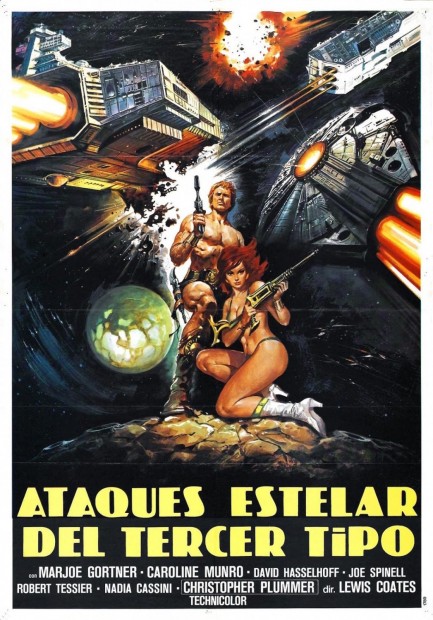
Looking more closely, you'll notice a ship similar to the Millennium Falcon. The engines are at the opposite end, but it's basically the same design. These guys were shameless. In addition, Ataques estelar del tercer tipo would translate as “star attacks of the third type.” Obviously, not content to merely rip off Stars Wars the producers decided to also borrow from Steven Spielberg's Close Encounters of the Third Kind. But what you get is a cinematic encounter of the worst kind, though a very funny one. We talked about it already. Check here.
| Intl. Notebook | Mar 6 2012 |

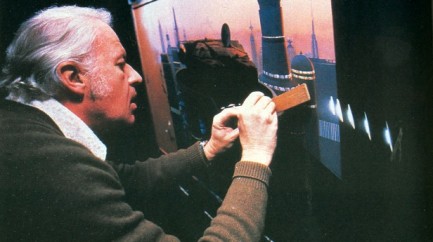
Sci-fi artist Ralph McQuarrie died yesterday due to complications from Parkinson’s disease. McQuarrie’s concepts for Darth Vader, R2-D2, C-3PO and other characters indelibly shaped the Star Wars franchise, and, closer to Earth, he was also a go-to paperback cover artist during the 1980s. Below is one of our favorite McQuarrie pieces, the cover of Alan Dean Foster’s excellent Star Wars sequel Splinter of the Mind’s Eye. McQuarrie was eighty-two.
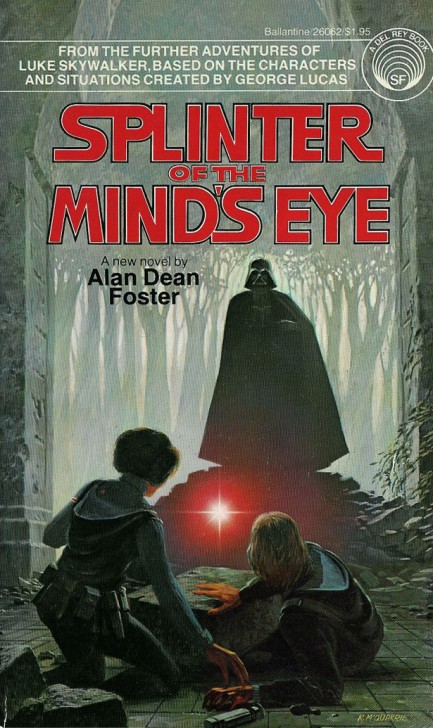
| Intl. Notebook | Feb 2 2012 |

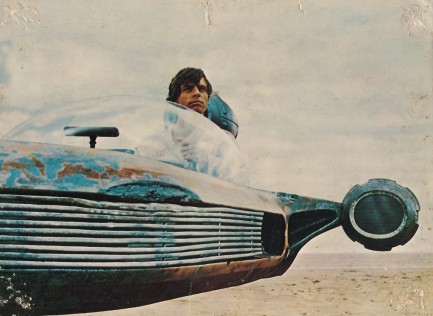
Somehow, the fact that this original Star Wars promo photo is filled with pinholes and dings adds to its charm, since it mirrors the condition of Luke Skywalker’s landspeeder. There are some who would say the franchise drowned in cynicism, that it collapsed under the weight of fast food tie-ins, and fuzzy toys, and ill-considered digital revisionism. Those people would be right. Like this photo, and like Skywalker’s landspeeder, the original Star Wars had some scratches and dings, but cinematic believability derives from a well-known viewer psychology aptly described as willing suspension of disbelief. The key word is willing. You can’t bludgeon people into acceptance, no matter how slick the fx are. People willingly believe because the story and characters work. And in Star Wars, the simple story of a boy rising from his dusty roots to battle impossibly powerful galactic foes—and yet win—worked on every level. It still works. That’s why people who loved it as kids still watch it today as adults. Anyway, we’re just going to go ahead and call this photo one of the coolest artifacts we’ve ever found.
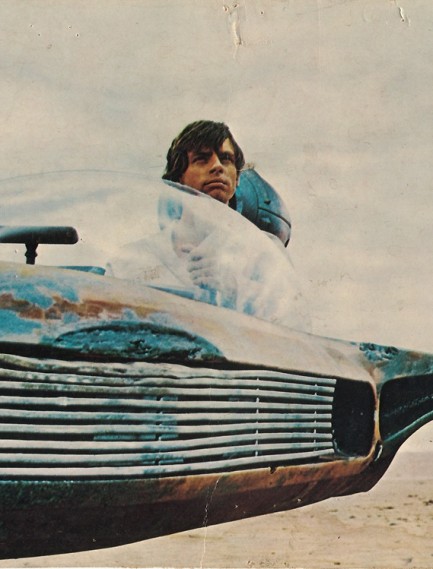
| Modern Pulp | Sep 26 2011 |

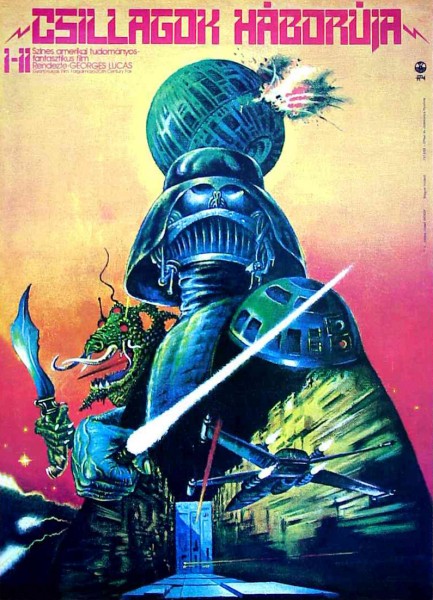
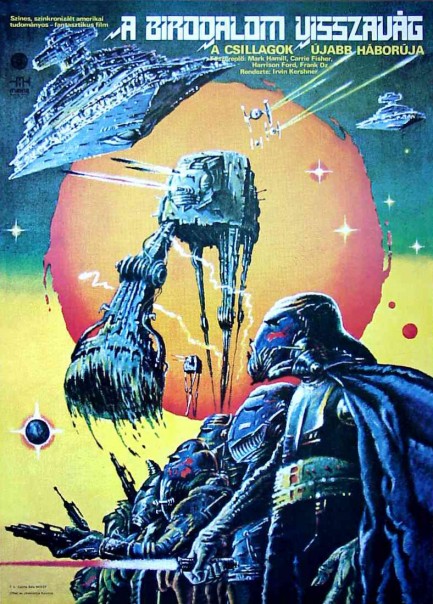
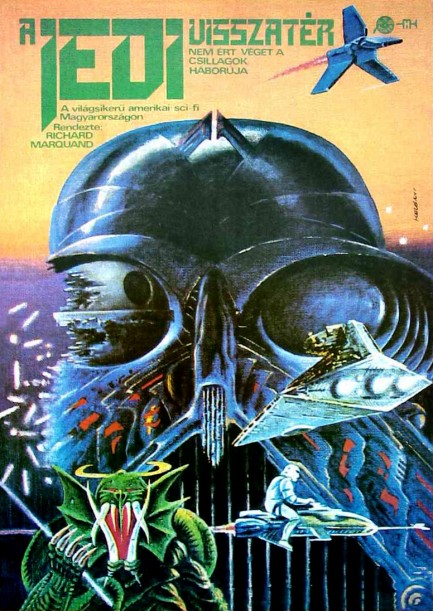
We have something a little different today, a bit of modern pulp from Central Europe. These are Hungarian posters for George Lucas’s Star Wars, The Empire Strikes Back, and Return of the Jedi, which incidentally were going for the equivalent of $350.00. Yes, seriously. Premiere dates on these are a little obscure, but the Hungarian re-releases took place in 1997, so we’ll go with that. Of course, it’s worth pointing out again that the main reason wonderful posters like these make it to the foreign marketplace is that the designers are freed from the anti-artistic influence of Hollywood marketing departments, which tend to be hands off when promoting big re-releases overseas (new films, of course, have the same promo art as in America, i.e. incredibly bad, which in turn leads to the sad sight of your humble authors trying to slink unnoticed past displays for Saw 3D and Zookeeper, but that’s another post entirely). See a great Star Wars poster from Poland here.
| Vintage Pulp | Musiquarium | Nov 8 2009 |

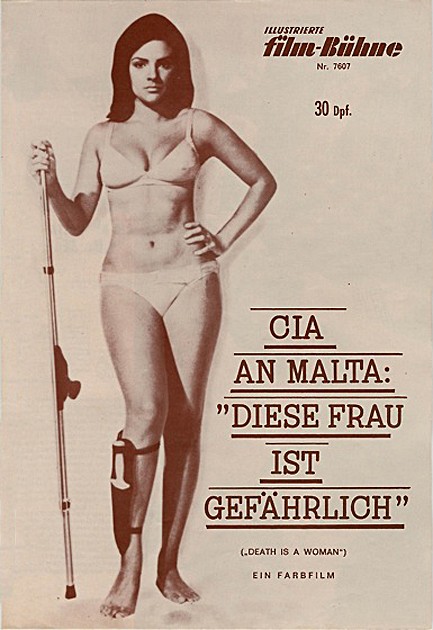
Above we have Australian actress Trisha Noble on the German pamphlet art for Diese frau ist Gefährlich, which was a 1966 spy film originally released as Death Is a Woman. For some reason, the movie was retitled to Love Is a Woman for its American run, and you see that art below. But perhaps wanting to provide audiences with a three-dimensional portrait of the subject matter, the film also bore the title internationally of—you guessed it—Sex Is a Woman. We couldn’t find the Sex Is a Woman art, so the promo photo after which the German and American posters were based will have to do. Although she isn’t well known now, Trisha Noble is actually one of those people that has been in show business her entire life. As a teenager she released six hit albums in Australia as Patsy Ann Noble, then turned to acting. If you’re old enough, you may remember her from the American television series Strike Force, with Robert Stack. And if you’re young enough, you may recognize her as Padmé Amidala’s mother in Star Wars II: Attack of the Clones, and Star Wars III: Revenge of the Sith. And if you remember none of that, check her out here getting groovy to her hit single “Accidents Can Happen” and you’ll never forget her again.
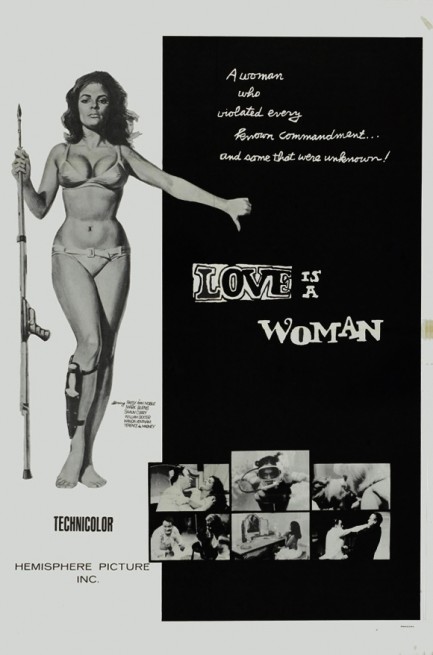
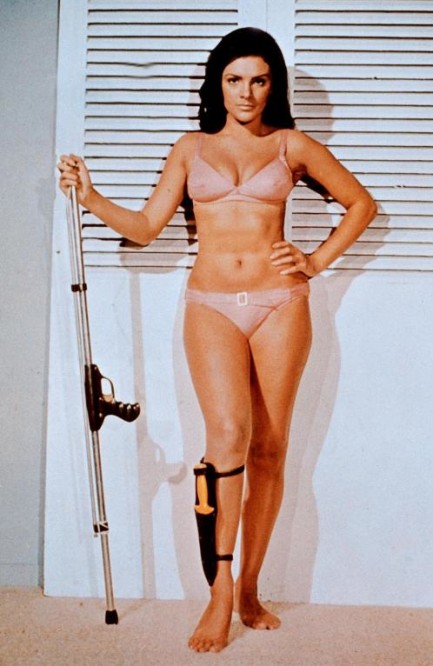
| Vintage Pulp | Jul 31 2009 |

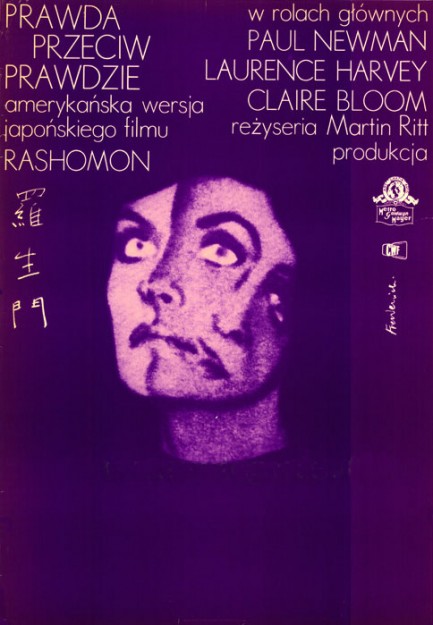
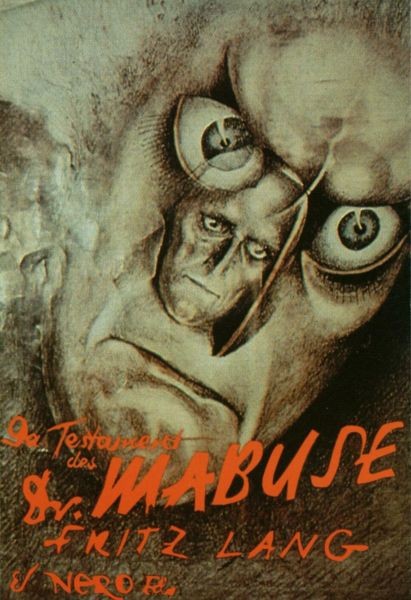
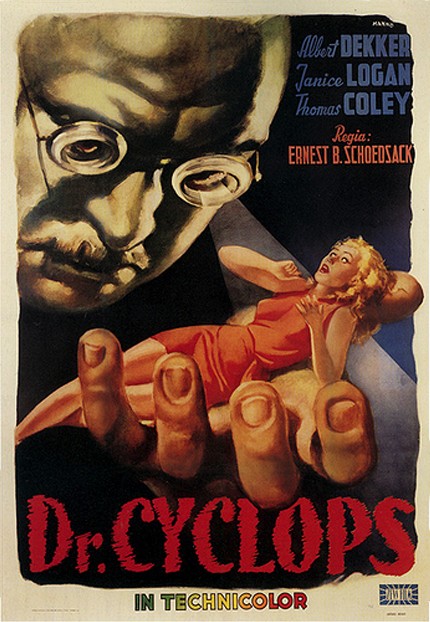

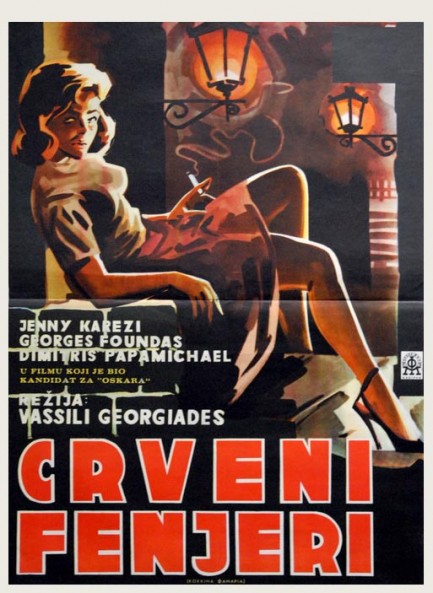
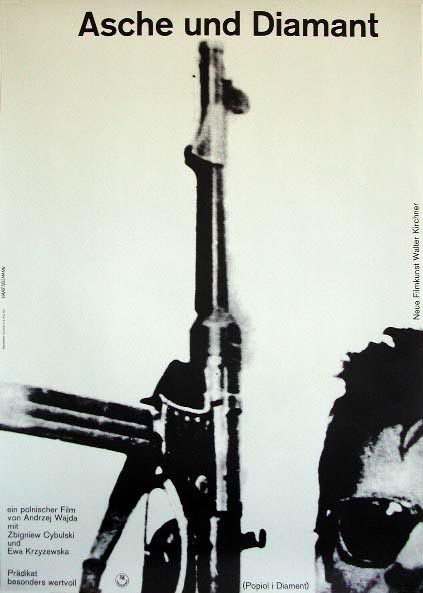

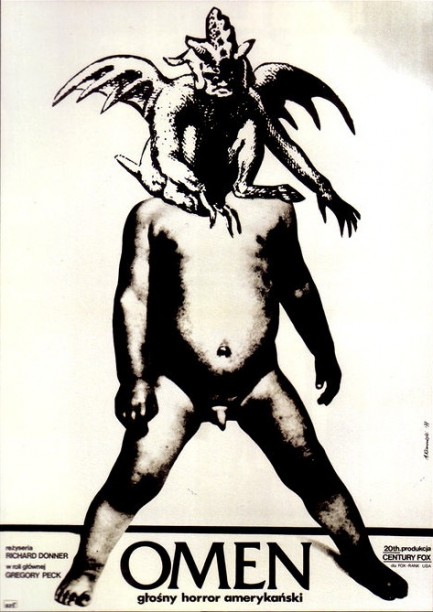
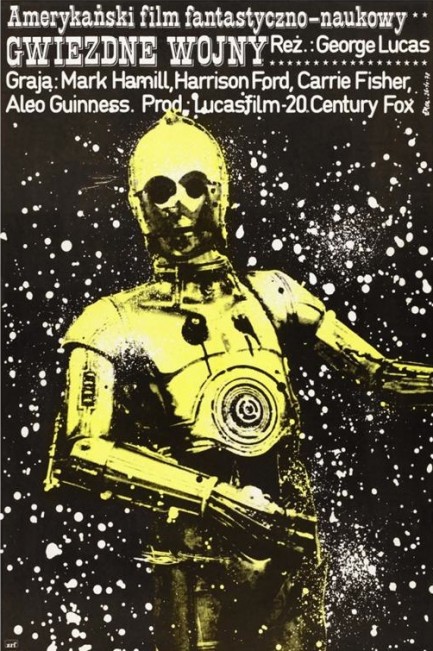
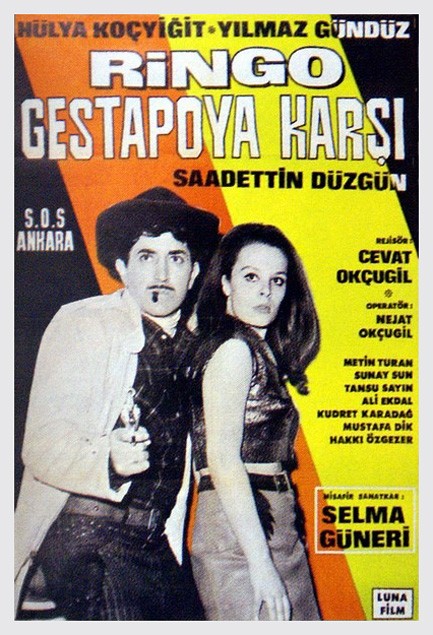
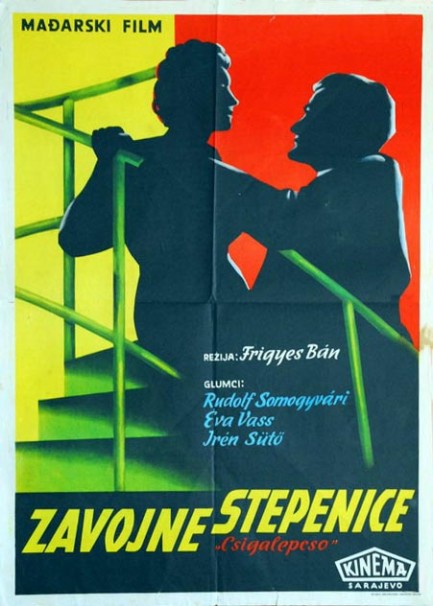
Various movie posters from Russia, Poland, Hungary, Turkey, and the former West Germany, circa ’50s, ’60s and ’70s.




































































